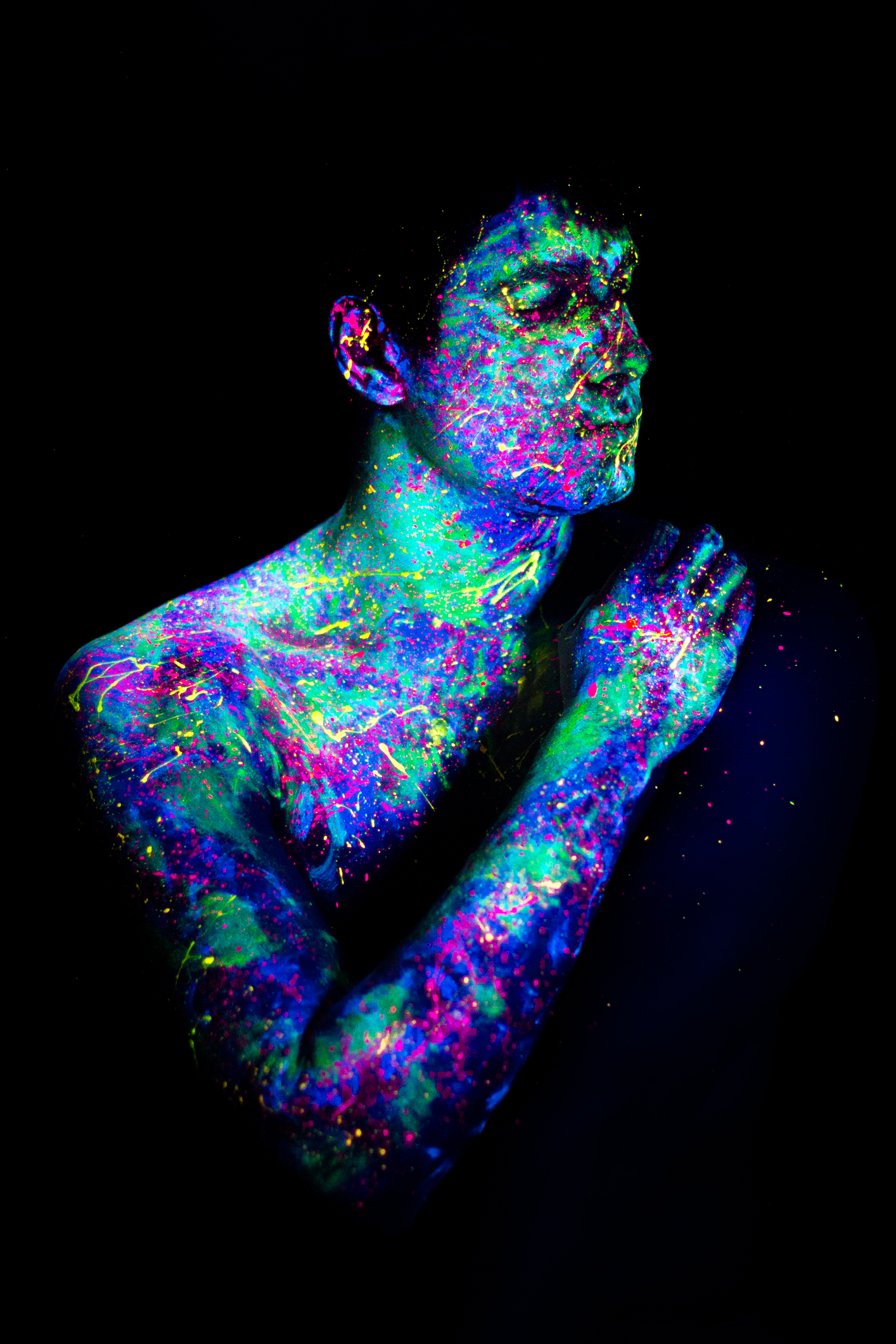2020 Best Photography – Monica Babits

Child of the Universe
Humans have always been drawn to the night’s sky. As one of the most ancient natural sciences, astronomy has mesmerized our oldest ancestors and influenced entire civilizations; and, to this day, through thousands of years of changes, evolution, and advancements, we still can’t help but wonder at the twinkling lights above us.
In order to better understand the biggest of big things, we must consider the smallest of small things: the atom.
We’ve all seen the periodic table: an organized display of atoms, differentiated by the number of protons in their nuclei. But, have you ever considered where those elements came from, or why we have so many? The answer lies in the night’s sky. Stars are like extreme pressure cookers, achieving temperatures up to several billion degrees celsius in their core. These conditions allow a special process called nuclear fusion to occur; tiny hydrogen nuclei and atomic bits combine to make heavier and heavier elements: helium, carbon, oxygen, silicon, iron… all while the star is getting bigger, hotter, and more unstable. Eventually, the core will reach a point where it can no longer support itself and collapse, quickly fusing most of the other known elements, before ejecting them in a magnificent explosion. The death of a star, called a supernova, is simultaneously the most violent and beautiful phenomenon in the universe. Elements from the core wander, float, organize and disorganize, until eventually, by some absurdly rare circumstances, they create us.
That’s right- we are made of starstuff.
In this way, we are all connected: to the mysterious twinkling lights above us, to the natural world around us, and to each other. We are all an important and unique thread in the fabric of spacetime. Perhaps this is why we never cease to wonder at starry skies.
This story of creation and destruction is my favourite scientific phenomenon; supernovas are visually stunning, and the science behind them is profound. Learning about the physics of the universe at a young age shaped my passion for science and learning, and although I ultimately decided to study biomolecular science, astrophysics will always hold a special place in my heart.
For me, this is where science becomes magic, and what I wanted to convey with this piece. It’s a tribute to the starstuff in all of us. Inspired by colourised images of supernova, I sponged and splattered UV-fluorescent paint onto a model under blacklight. Once his body was sufficiently covered, I used my camera and a 50mm lens to capture the result. Post-processing was minimal.
